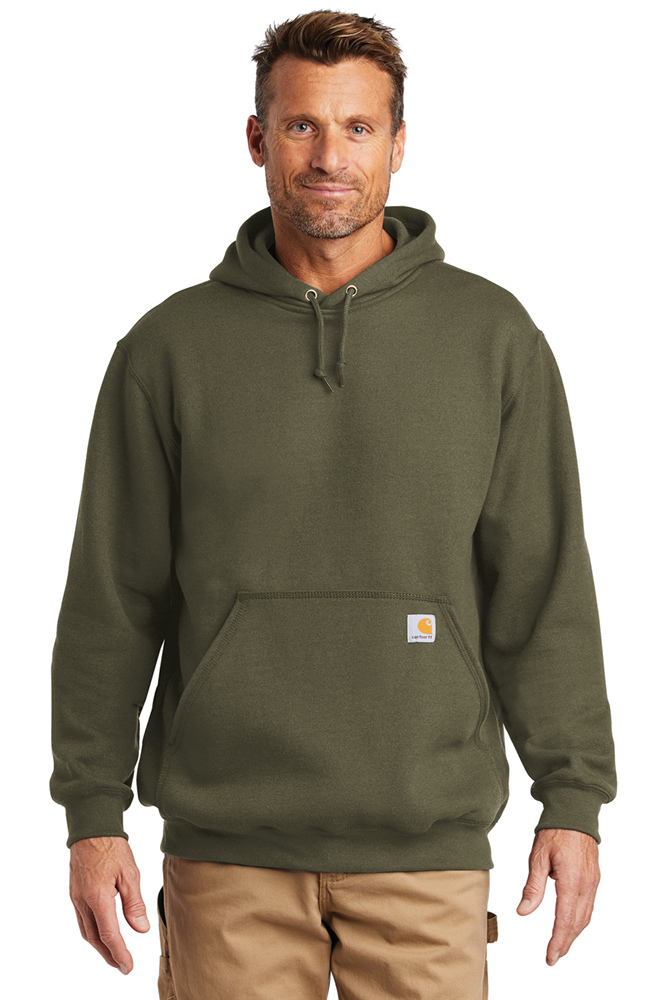What you should Consider When Deciding on the Right Sweatshirt

Sweatshirts are long-sleeved, pullover tops that are made of thick cotton cloth. They are usually worn as casual clothing and aren't as formal as sweaters or cardigans. They do not usually have the or hood. If you're interested in buying a sweatshirt, here are some suggestions:
The appeal of Norma Kamali was spread by the use of sweatshirts

Since the mid-70s In the late '70s, Norma Kamali has been turning the humble sweatshirt into an art. Her designs are now an essential part of every woman's wardrobe. sweat shirts from a tummy-tucking crew neck to leather-paneled sweatshirts. Her clothing is also designed with unusual shapes, such as a tank top with a long trumpet skirt.
A partnership of the designers and sweatshirt manufacturer Everlast resulted in her Timeless line, which became extremely popular when it appeared in Spiegel's spring 2006 catalog. The collection offered interchangeable and convertible knits in classic silhouettes and a lot of pieces were priced under $20. Even if Kamali's Timeless collection wasn't available in stores, fans could still find these pieces for sale on eBay as well as Poshmark.
Merino wool sweatshirts are more comfortable than soft sweatshirts
Merino wool is renowned for its moisture-wicking capabilities, which helps to keep you dry and comfortable. Merino wool is an organic fibre that also has a smoother feel. The fabric is also quick to dry in comparison to other natural material. Additionally, merino is a renewable resource. The merino sheep shed their coats each year, and then grow new coats.
Merino's weight-to-heat ratio is high, and the warmth of wool is one of the reasons it's popular for sweatshirts. It aids in controlling body temperature due to its loft that naturally traps heat between the fibers. This is why Merino wool sweaters are perfect for outdoor activities in the summer, like hiking, mountain biking, and running. The warmth they provide helps keep the wearer well-hydrated and cool, something that is crucial when working out.
Zip-front hoodies feature kangaroo pockets.
Kangaroo pocket hoodies are a popular style of hoodie. These hoodies have a large pocket at the front that keeps your hands warm on chilly days. They're also more practical than traditional pockets because they permit your hands to slide in and out effortlessly.
The pockets of Kangaroos are typically big enough to fit the wallet, or other small personal items. They are commonly large enough to accommodate a small hand, and can even be sufficient to hold two hands. They feature wide openings on either side and can be used to carry small objects.
French terry fabric is a well-loved fabric for sweatshirts.
sweat shirts is constructed of soft yarns knit into loops and is typically midweight. It is also known as a fabric that wicks moisture and is already pre-shrunk. French terry is a great option for sweatshirts as it is warm when you require it and also keeps you cool when you're trying to cool off.
French Terry is also a popular choice for casual wear, as it is stretchy and has enough flexibility to feel good when you touch your body. It also allows air to circulate throughout the fabric, making it ideal for layering under other clothing. Furthermore, since it is lighter than other sweatshirts, you can wear it all through the year without feeling either cold or hot.
Hoodies have classist connotations
While it may seem that hoodies are simply an appropriate clothing item for those who are working class but the truth is that they carry classist connotations. The hooded garment was first seen in the 1970s in New York, where graffiti artists would wear them to conceal their identities. In 1976 Hoodies made their main film debut in "Rocky," when the working-class title character wore gray sweats that were hooded during his memorable climb to the top of the steps of the Philadelphia Museum of Art.
Hoodies are frequently associated with death, destruction and other negative items, yet they also serve practical purposes. For instance, monks and priests might wear hoods in order to display respect and a sense of self-control.
